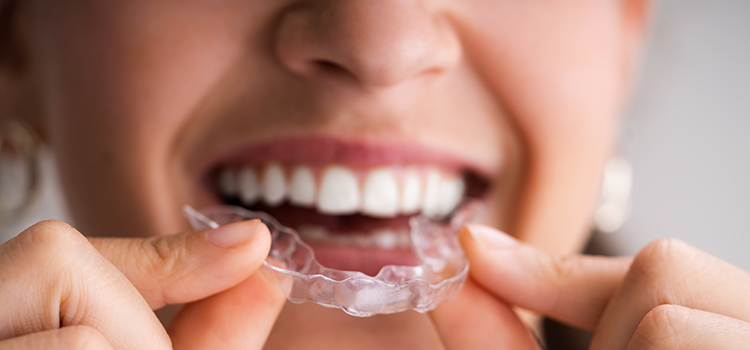Gingivitis is a mild and common form of periodontal disease (gum disease) that tends to affect the gingiva. Your gingiva is the part of your gum located at the base of your enamel. When you develop gingivitis, this area becomes red, swollen, and irritated. It is crucial to have a dental expert like Scott Young, DDS, treat your gingivitis early because the condition can cause tooth loss and severe periodontitis. Meanwhile, let’s learn more about this dental issue and its treatment.
What Causes Gingivitis?
Plaque that forms on teeth due to poor oral hygiene is the most common cause of gingivitis. Usually, it builds up and surrounds your gum tissues, causing inflammation and leading to infection. Here is how this happens and leads to gingivitis:
v Step 1: Plaque Formation
Plaque refers to the sticky invisible film of bacteria that forms on your teeth when the bacteria in your mouth interact with sugars and starch.
v Step 2: Tartar Formation
Plaque should be removed from teeth daily. When plaque is allowed to remain on teeth, it hardens under the gum line and forms tartar. Tartar is a hard substance that collects bacteria and acts as a protective shield so that it becomes hard to eliminate. This bacteria buildup causes irritation.
v Step 3: Gingiva Inflammation
The extended presence of plaque and tartar on your teeth irritates your gingiva, causing inflammation. Over time, your gums become sensitive and swollen and easily bleed. You may also develop tooth decay, which, if not treated, causes periodontitis and tooth loss.
Symptoms of Gingivitis
Typically, gingivitis is caused by poor oral hygiene. In fact, you can reverse and prevent it by practicing good oral habits like going for regular dental checkups, flossing daily, and brushing your teeth at least twice a day. You know your gums are healthy when they appear pale pink and are firmly fitted around your teeth. Otherwise, you might have gingivitis if you experience the following symptoms:
· Dark or dusky red gums
· Puffy or swollen gums
· Tender gums
· Receding gums
· Persistent bad breath
· Gums easily bleed when you floss or brush your teeth
Gingivitis Treatment
You can usually treat or reverse gingivitis at home through proper oral care, although this will depend on your lifestyle and the severity of your symptoms. Some practices that could help include flossing your teeth daily, brushing twice a day, and cutting back on smoking if you smoke.
If your symptoms are advanced, you should consult an experienced dentist. They can provide deep teeth cleaning and scaling to remove plaque and tartar from below and above your gum line. They may also prescribe oral antibiotics and an antiseptic mouthwash to address inflammation.
Statistics show that over 75 percent of Americans develop gingivitis at some point in their life. The good news is that early-stage gingivitis can be reversed with proper dental care and hygiene. If your gums feel sore, appear red, and bleed easily, you should visit an experienced dentist immediately. Scott Young, DDS, and the team of experts in The Woodlands, Texas, offer gingivitis treatments that will help you avoid irreversible damage. Call his office or book an appointment online today to get started.
